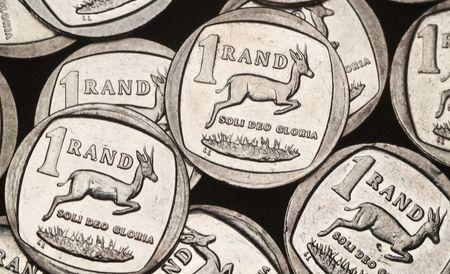(Reuters) – South African power utility Eskom faces increased financial pressure from lower than anticipated tariffs, rising diesel costs and the impact of labour disruptions, all which could lead to the need to raise more capital, rating agency S&P Global said.
Intermittent power cuts have been blamed for hindering growth in Africa’s most advanced economy.
The state-owned company has started easing lengthy power outages implemented from the end of June after a strike by its workers who have now secured a wage deal. The so-called “Stage 6” power cuts – or load shedding – left most South Africans without power for at least six hours a day.
S&P Global said Eskom’s funding requirements for its financial year to March 2023 could now be as much as 45 billion rand ($2.64 billion), up from a previously estimated 30 billion rand, due to lower revenues and higher costs.
“Not only did South African energy regulator (Nersa) award a lower-than-anticipated tariff, the company also suffered strike action…that disrupted its power generation, and (faces) higher-than-forecast diesel costs,” S&P Global said in a July 19 bulletin.
S&P Global has assigned Eskom a CCC+ rating with a negative outlook.
Eskom could not immediately be reached for comment.
Eskom was awarded a 9.6% tariff increase, lower than the 20.5% it had sought for the current financial year. The cost of diesel, which Eskom has increasingly relied on to generate power due to frequent faults at its ageing coal-fired plants, has also risen substantially this year in line with international crude prices.
The utility generated 20% more power from diesel-powered turbines between April and July this year, compared to the same period last year, according to Eskom data.
Eskom will need to raise more capital to meet its debt maturities, interest payments and other cash flow shortfalls, S&P Global said.
($1 = 17.0511 rand)
(Reporting by Nelson Banya; Editing by Olivia Kumwenda-Mtambo, Kirsten Donovan)











